WELCOME TO KAOHSIUNG, TAIWAN!
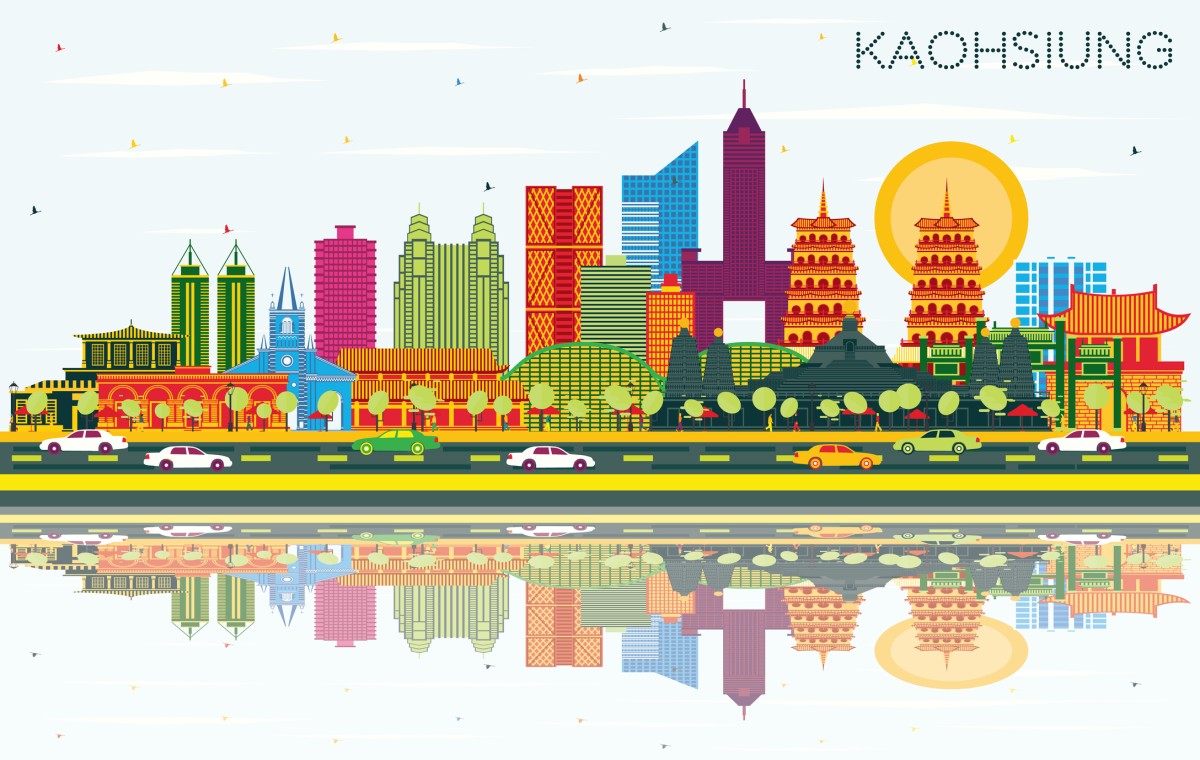
We are excited to welcome you to Kaohsiung, Taiwan’s second largest city, for ISEE 2023!
While you’re here, we hope you take the opportunity to explore our beautiful city. Here are a few must-visit destinations to inspire your Kaohsiung itinerary:

Fo Guang Shan
Taiwan’s largest Buddhist monastery, Fo Guang Shan also serves as the headquarters of the international Chinese Mahāyāna Buddhist organization and monastic order. The monastery’s history dates to 1967, when founder Hsing Yun purchased the land and began construction. Today, Fo Guang Shan welcomes visitors daily. The monastery is also home to the 108-meter-high Big Buddha, which is the tallest copper-topped seated Buddha statue in the world!
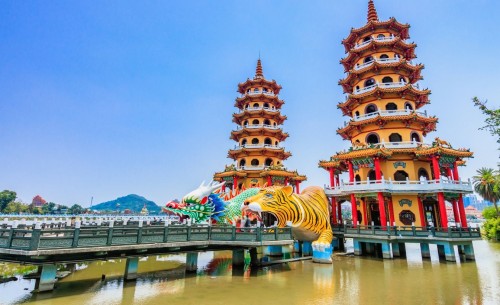
Dragon and Tiger Pagodas
Another must-visit temple in Kaohsiung is the Dragon and Tiger Pagodas, which encompasses two towers built in 1976. The towers—each seven stories high—are situated in the Lotus Lake and connected to the shore with a bridge. According to local legend, entering through the dragon’s mouth and exiting through the tiger’s brings good luck to travelers.
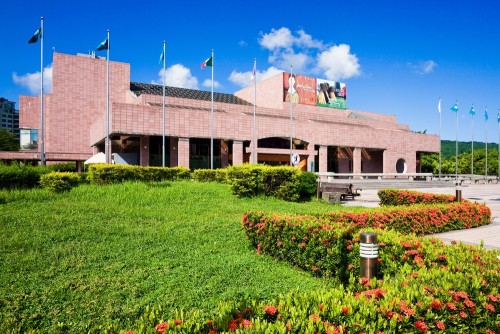
Kaohsiung Museum of Fine Arts
The largest art museum in southern Taiwan and the third public arts museum to open in the country, the Kaohsiung Museum of Fine Arts (KMFA) is located in Gushan District, as part of the Neiweipi Cultural Park. Since 1994, the museum has drawn both local and international visitors with a permanent collection of more than 2,700 works. Besides the KMFA, the Neiweipi Cultural Park is also home to other attractions such as a sculpture park, ecology plaza, and a children’s art museum.
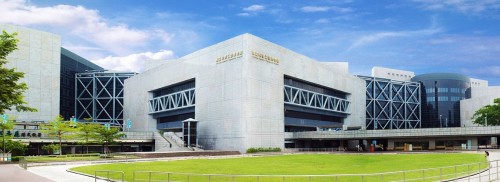
National Science and Technology Museum
Established in 1997, the National Science and Technology Museum (NSTM) is the largest science museum in Asia by floor area. Located in Sanmin District, the NSTM offers plenty to do and see, from exhibits to interactive displays and 3D film screenings—making it a great option for family outings with kids.
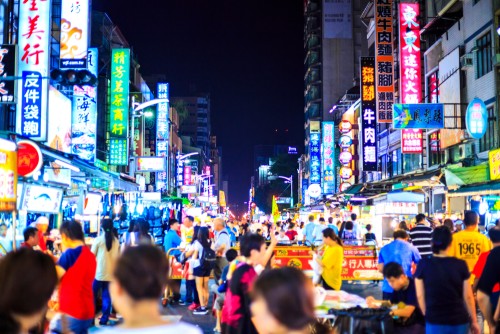
Liuhe Night Market
Located in Sinsing District, this tourist night market is one of the most popular of its kind in Taiwan, offering a wide variety of seafood, clothing, craftworks, and other unique finds. Once the sun goes down, Liuhe 2nd Rd turns into a pedestrian corridor full of bright lights and tasty delicacies.
|
DID YOU KNOW? Taiwan is one of the origins of the Austronesian language family. With over 1,200 languages, the Austronesian language family is one of the largest in the world and primarily distributed among islands in Southeast Asia, Oceania, and the Pacific region. The word "Austronesian" comes from the Latin and Greek roots "austro" and "nêsos," which mean "southern" and "island," respectively. This unique language family developed diverse cultures that are of great interest to people around the world. Taiwan, which is located at the northernmost tip of the Austronesian distribution, is thought to be one of the origins of the language family. The ancestors of Taiwan's indigenous peoples settled on the island from the coastal areas of Fujian, China, between 6000 and 3000 BCE, and developed their own societies and cultures. They are believed to be the first residents of Taiwan, and their unique customs and traditions have been passed down through generations.
The spread of the Austronesian language family
References
|